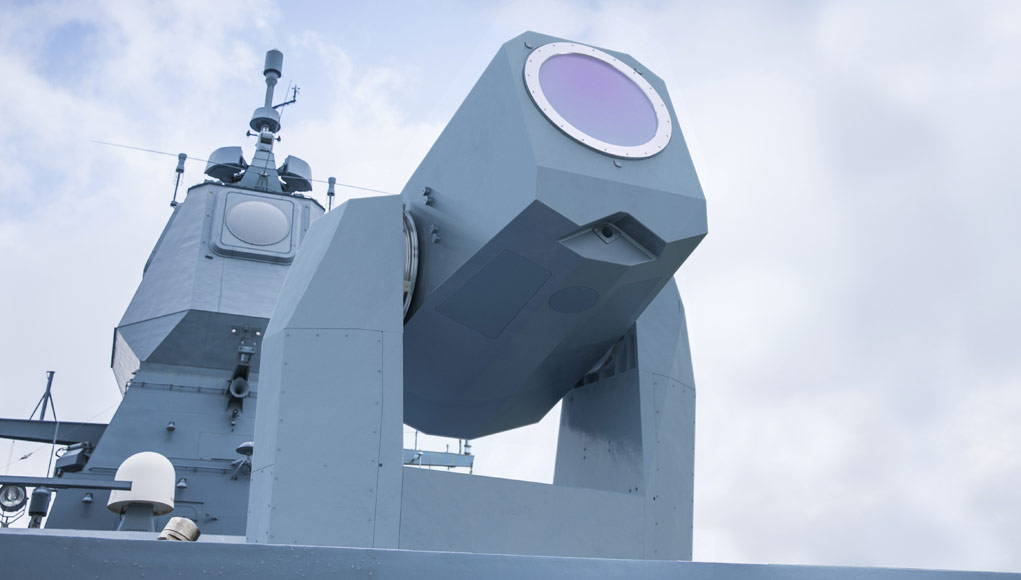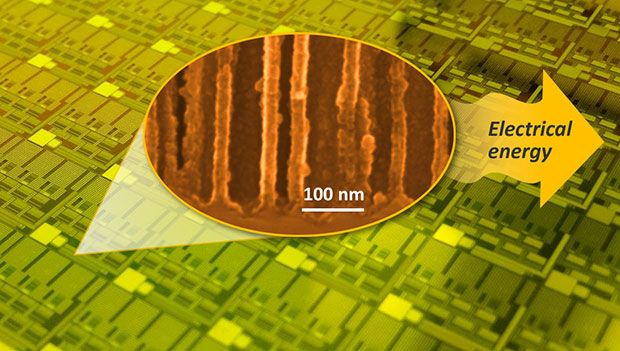Popular Mechanics artikkeli laser-aseesta ja sen menneisyydestä.
http://www.popularmechanics.com/mil...ary-will-be-revolutionized-by-laser-weaponry/There's a technological revolution brewing in warfare. Silent and invisible, it relies on high intensity pulses of light to kill or incapacitate, all at the speed of light. After decades of promises and false starts, lasers are at last finally entering military service. And warfare will never be the same.
The first laser was demonstrated by Theodore Maiman in California's Hughes Research Laboratory in 1960. But it's taken over 50 years to make them practical battlefield weapons, overcoming numerous technological hurdles along the way.






